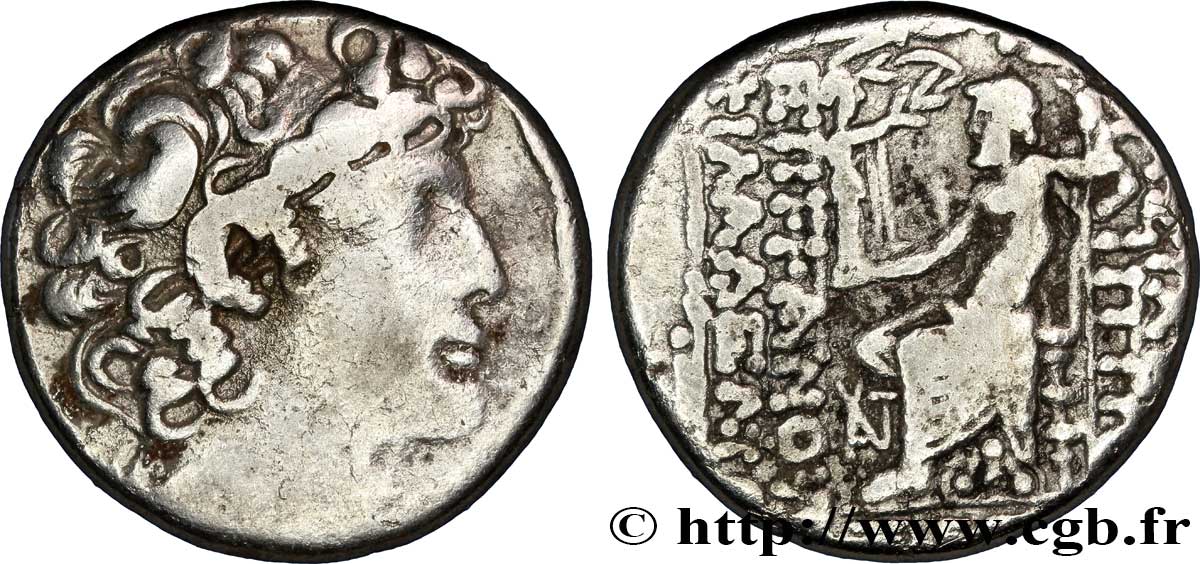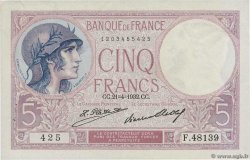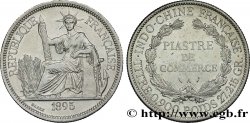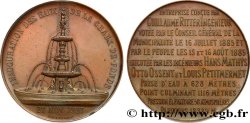E-auction 102-53629 - bpv_295222 - SYRIA - ROMAN PROVINCE - CAIUS CASSIUS LONGINUS Tétradrachme syro-phénicien
Чтобы принять участие в торгах, вы должны войти в систему и стать подтвержденным участником аукциона. Войдите, чтобы сделать ставку. Ваш аккаунт будет подтвержден в течение 48 часов. Не ждите до закрытия торгов, чтобы зарегистрироваться.Сделав ставку на данный товар, вы вступаете в юридическое соглашение на покупку выбранного товара и нажатием кнопки «Сделать ставку» подтверждаете принятие вами условий интернет-аукционов cgb.fr.
Ставка может бить сделана только в полном эквиваленте евро. Торги закроются согласно времени, указанному в описании товара, все ставки, сделанные после закрытия торгов, учитываться не будут. Не следует откладывать предложение вашей ставки до последнего момента, так как система может не успеть обработать вашу заявку, и ваша ставка не будет принята. Более детальную информацию вы найдёте здесь: FAQ по интернет-аукционам.
БЕСПЛАТНО.
БЕСПЛАТНО.
| Оценить : | 140 € |
| Цена : | 43 € |
| Максимальная предлагаемая цена : | 51 € |
| Конец торгов : | 30 March 2015 16:01:30 |
| Участников : | 8 Участников |
Тип Tétradrachme syro-phénicien
Дата: 43-42 AC.
Монетный двор / Город: Antioche, Syrie, Séleucie et Piérie
Металл: silver
Диаметр: 26 mm
Ориентация осей монеты: 12 h.
Вес: 13,80 g.
Редкость: R1
Комментарии о состоянии
Flan court, date certaine mais lue par déduction et élimination
Ссылки в каталоге: :
Происхождение:
Cet exemplaire est le 0007_011 de la base TSP et provient de la vente Hans M. F. Schulman (26-29 April 1972), lot 287
Лицевая сторона
Аверс: легенда: ANÉPIGRAPHE.
Аверс: описание: Tête diadémée de Philippe Philadelphe à droite, entouré de la stemma (O’).
Обратная сторона
Реверс: Описание: Zeus assis à gauche sur un trône avec dossier, tenant de la main droite une Niké qui le couronne et un sceptre long de la main gauche ; au-dessus de Zeus, le foudre ; monogramme dans le champ à gauche ; date à l’exergue.
Реверс: легенда: BASILEWS/ FILIPPOU/ EPIFANOUS/ FILADELFOU, s(Basilews Filippou Epifanous Filadelfou)
Реверс: перевод: (Roi Philippe Epiphane Philadelphe/ monogramme d’Antioche et millésime 6 à l’exergue).
Комментарий
An 6 de l’ère césarienne, exemplaire classique de la série intermédiaire entre les frappes séleucides et les frappes impériales syriennes. La colonisation romaine est encore discrète et la prise de contrôle est aimable avec des constructions d’amphithéâtres, des travaux publics et des cérémonies. La monnaie, bien que contrôlée par Rome, reste au type séleucide et seul le petit monogramme indique la prise de pouvoir, ainsi que le millésime, ici l’an 6 de l’ère césarienne.
Notons que l’ère césarienne est conservée pour dater la monnaie, bien que le pouvoir politique à Antioche soit aux mains des Pompéiens.
Style classique pour l’émission avec les mèches traitées en “serpents”.
Les émissions au type immobilisé de Philippe Philadelphe sont très importantes car elles illustrent parfaitement la logique impériale de la colonisation romaine. Autant une conquête de revendication territoriale d'expansion de l'espace vital autour d'un pouvoir central de type national va chercher à éliminer toutes les symboliques locales dans les pays conquis pour imposer celles du conquérant (selon le principe de un peuple, un roi, une foi, une loi), autant un empire va laisser cohabiter des symboliques différentes. C'est ce qui se passe en Syrie, Palestine et Phénicie dans les premiers temps de l'expansion. Loin d'imposer le denier ou la typologie romaine, les Latins vont respecter la métrologie et même le type. Il faudra attendre les rares émissions d'Auguste au revers du Zeus, presque cinquante ans, pour voir apparaître le portrait du Prince sur les monnaies locales en argent.
Dans la base TSP maintenue par Michel Prieur, dix-huit exemplaires sont maintenant répertoriés, dont un à l’ANS.
Notons que l’ère césarienne est conservée pour dater la monnaie, bien que le pouvoir politique à Antioche soit aux mains des Pompéiens.
Style classique pour l’émission avec les mèches traitées en “serpents”.
Les émissions au type immobilisé de Philippe Philadelphe sont très importantes car elles illustrent parfaitement la logique impériale de la colonisation romaine. Autant une conquête de revendication territoriale d'expansion de l'espace vital autour d'un pouvoir central de type national va chercher à éliminer toutes les symboliques locales dans les pays conquis pour imposer celles du conquérant (selon le principe de un peuple, un roi, une foi, une loi), autant un empire va laisser cohabiter des symboliques différentes. C'est ce qui se passe en Syrie, Palestine et Phénicie dans les premiers temps de l'expansion. Loin d'imposer le denier ou la typologie romaine, les Latins vont respecter la métrologie et même le type. Il faudra attendre les rares émissions d'Auguste au revers du Zeus, presque cinquante ans, pour voir apparaître le portrait du Prince sur les monnaies locales en argent.
Dans la base TSP maintenue par Michel Prieur, dix-huit exemplaires sont maintenant répertoriés, dont un à l’ANS.








 Cообщить об ошибке
Cообщить об ошибке Распечатать страницу
Распечатать страницу Отправить мой выбор
Отправить мой выбор Задать вопрос
Задать вопрос Consign / sell
Consign / sell










